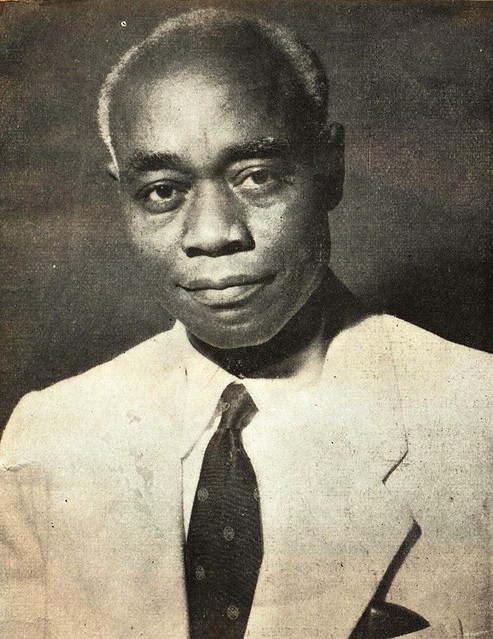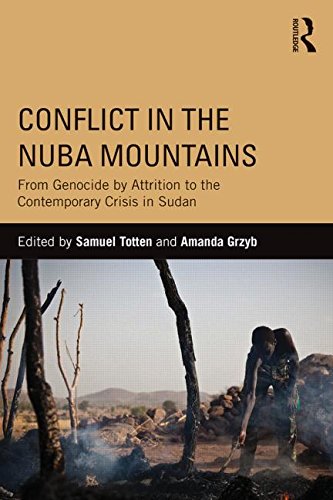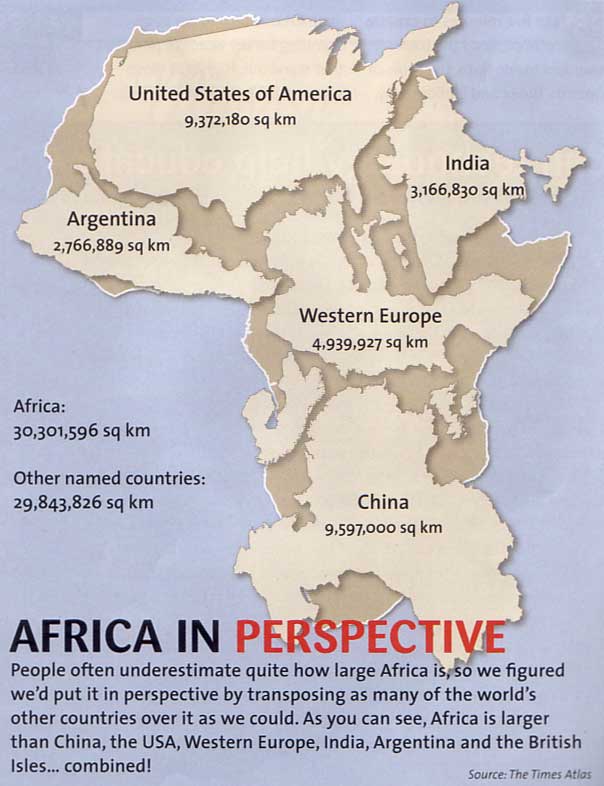Africa’s population is currently one billion covering an incredible vast landmass of 30,221,533 sq km. This size is about four times the landmass of Brazil or more than the combined landmass of the following countries: the United States, China, India, Argentina and the whole of Western Europe, including the British Isle (all the statistics here on countries’ population, landmass and the like are derived from The World Bank, World Development Report 2013 and United Nations Development Programme, Human Development Report 2013).
Attenborough: Whose population “control”?
Ethiopia’s landmass is 1,221,892 sq km, five times the size of Britain’s at 244,044 sq km. Yet Britain’s population of 62 million is three-quarters that of Ethiopia’s 83 million. Focusing on these Ethiopia statistics, particularly, the basis and conclusions of naturalist David Attenborough’s September 2013 discussion on this subject could not, indeed, have been so comprehensively disingenuous (see Hanna Furness, “Sir David Attenborough: If we do not control population, the natural world will”, The Daily Telegraph, London, 18 September 2013, http://www.telegraph.co.uk/culture/tvandradio/10316271/Sir-David-Attenborough-If-we-do-not-control-population-the-natural-world-will.html, accessed 16 November 2014)
As for Somalia, it is 2.6 times the size of Britain but has a population of only 9 million. Sudan and South Sudan provide an even more fascinating comparison. Whilst both countries are 10 times the size of Britain, they support a population of 45 million – about 70 per cent the size of Britain. In fact the Sudans have a landmass equal to that of India which is populated by 1.22 billion people – i.e., more than the population of all of Africa! Britain is one-tenth the size of the Democratic Republic of the Congo (DRC) which has a landmass of 2,345,395 sq km, similar to the Sudans and India. In other words, the DRC is about ten times the size of Britain but with a population of 71 million, nine million more than the population of the latter. Even though the DRC landmass is about twice that of all of Britain, France and Germany (1,275,986 sq km), it has just about one-third of these three west European countries’ total population of 208 million. Inevitably, the evidence does beg the question as to where this population really is! Where are these “overpopulated Africans”?! Where are they?
Second, let us examine similarly sized countries. France has a landmass of 547,021 sq km close to Somalia’s. However, France’s population of 65 million is about seven times the population of Somalia. Similarly, Botswana is slightly larger than France at 660,364 sq km but with a population of 2 million, a minuscule proportion of France’s. Uganda’s landmass at 236,039 sq km is about the size of Britain’s 244,044 sq km. Yet with a population of only 33 million, Uganda is about half that of Britain’s. Similarly, Ghana’s landmass of 238,535 sq km makes it approximately equal to the size of Britain. Ghana is however populated by only 25 million people, far less than one-half Britain’s population.
Southern World to Southern World comparisons can also prove useful in exposing the fallacy of either Africa’s “large population” or “potential explosive population”. Iran’s size of 1,647,989 sq km is about two-thirds that of Sudan and South Sudan combined. Yet its population, unlike the Sudans’ 45 million, is at least one and one-half times as large at 75 million. Mexico’s landmass is 1,943,950 sq km. This is approximately the same size as the Sudans but with a population of 115 million, Mexico is two and one-half times the former. Pakistan´s landmass of 803,937 sq km is just about Namibia’s 864,284 sq km but Pakistan’s population is 174 million while Namibia’s is 2 million! Even though Bangladesh’s 143,998 sq km-landmass makes it roughly one-eight the size of Angola (1,246,691 sq km) as well as that of South Africa’s (1,221,029 sq km), Bangladeshi population at 159 million outstrips Angola’s 13 million and South Africa’s 50 million. If we were to return to our earlier comparisons, Angola and South Africa are about 4-5 times the size of Britain but with one-fifth and four-fifths respectively of the latter’s population.
Where are they?
The total landmass of the United States, China, India, Argentina and the whole of Western Europe, including the British Isle, is 29, 843, 826 sq km – less that Africa’s, as we stated earlier. But all these states’ population is 3.47 billion in contrast to Africa’s 1 billion. We must, once again, pose the two pertinent questions: Where are these “overpopulated Africans”?! Where are they? Africa constitutes a spacious, rich and arable landmass that can support its population, which is still one of the world’s least densely populated and distributed, into the indefinite future.
Twitter @HerbertEkweEkwe












